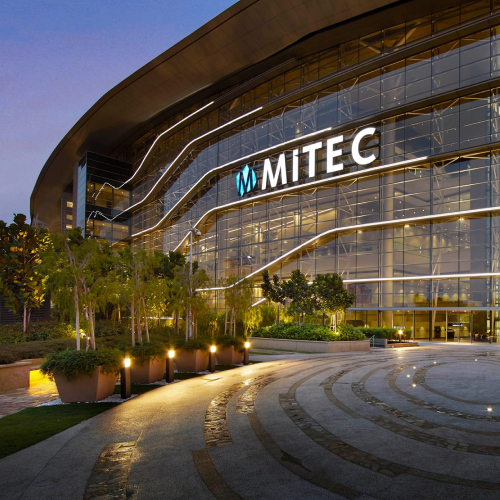Artificial Intelligence (AI) and Machine Learning (ML) have made significant strides in recent years and have become indispensable tools in various industries, including cloud security. As businesses increasingly rely on cloud computing, the role of AI and ML in securing these systems has become more critical. In this blog post, we will explore the impact of AI and ML on cloud security.
AI and ML in Cloud Security AI and ML have revolutionized the way we approach cloud security. They have enabled security professionals to detect and respond to threats in real-time, automate security processes, and enhance security analytics. The integration of AI and ML in cloud security has resulted in significant benefits, including improved threat detection, reduced response times, and improved accuracy of security decisions.
Benefits of AI and ML in Cloud Security One of the most significant benefits of AI and ML in cloud security is the ability to detect and respond to threats in real-time. AI and ML algorithms can analyze large amounts of data from various sources and identify potential threats quickly. They can also learn from past incidents and improve their detection capabilities over time. This enables security professionals to respond to threats promptly and prevent them from causing significant damage.
Another benefit of AI and ML in cloud security is the automation of security processes. Security professionals can use AI and ML algorithms to automate routine tasks, such as patch management, vulnerability scanning, and log analysis. This reduces the workload on security teams and enables them to focus on more critical tasks.
AI and ML algorithms also play a crucial role in enhancing security analytics. They can analyze large amounts of data and identify patterns and trends that might not be apparent to human analysts. This can help security professionals make more informed decisions and improve the overall effectiveness of their security strategies.
Challenges of AI and ML in Cloud Security Despite the benefits of AI and ML in cloud security, there are also several challenges that need to be addressed. One of the most significant challenges is the lack of transparency in AI and ML algorithms. It can be challenging to understand how these algorithms arrive at their decisions, which can make it difficult to validate their effectiveness and accuracy.
Another challenge is the risk of AI and ML being used maliciously. Adversaries could use AI and ML algorithms to conduct attacks that are more sophisticated and harder to detect. This could lead to significant damage and compromise the security of cloud systems.
Conclusion AI and ML have had a significant impact on cloud security, and their role is only set to increase. They offer numerous benefits, including improved threat detection, reduced response time, and enhanced security analytics. However, there are also several challenges that need to be addressed, including the lack of transparency in AI and ML algorithms and the risk of their malicious use. Despite these challenges, AI and ML are critical tools in cloud security, and businesses should continue to explore their potential to enhance their security strategies.
Build a Future Team aggregates a legion of business, impact, and skill partners to establish a new benchmark for social impact in the digital era across Southeast Asia. We are poised to impact 10 million lives through digital workforce transformation.

Lorem ipsum dolor sit amet, consectetur adipiscing elit. Ut elit tellus, luctus nec ullamcorper mattis, pulvinar dapibus leo.

Lorem ipsum dolor sit amet, consectetur adipiscing elit. Ut elit tellus, luctus nec ullamcorper mattis, pulvinar dapibus leo.

Lorem ipsum dolor sit amet, consectetur adipiscing elit. Ut elit tellus, luctus nec ullamcorper mattis, pulvinar dapibus leo.

Lorem ipsum dolor sit amet, consectetur adipiscing elit. Ut elit tellus, luctus nec ullamcorper mattis, pulvinar dapibus leo.

Lorem ipsum dolor sit amet, consectetur adipiscing elit. Ut elit tellus, luctus nec ullamcorper mattis, pulvinar dapibus leo.

Lorem ipsum dolor sit amet, consectetur adipiscing elit. Ut elit tellus, luctus nec ullamcorper mattis, pulvinar dapibus leo.

Lorem ipsum dolor sit amet, consectetur adipiscing elit. Ut elit tellus, luctus nec ullamcorper mattis, pulvinar dapibus leo.

Kompleks MITEC KL Metropolis,
8, Jalan Dutamas 2,
Segambut, 50480 Kuala Lumpur,
Wilayah Persekutuan Kuala Lumpur